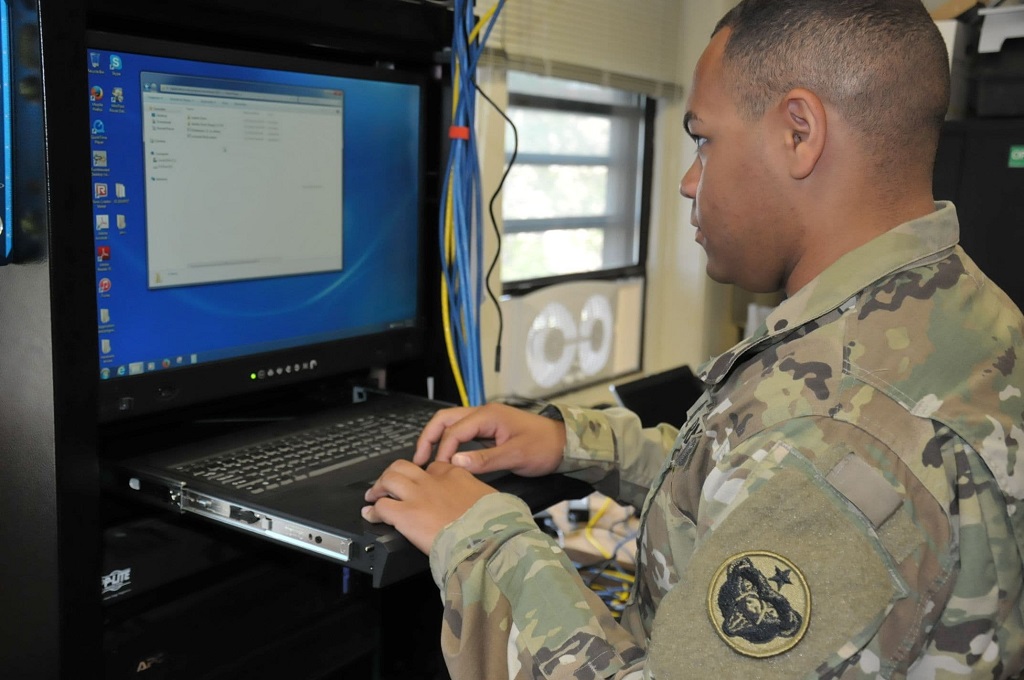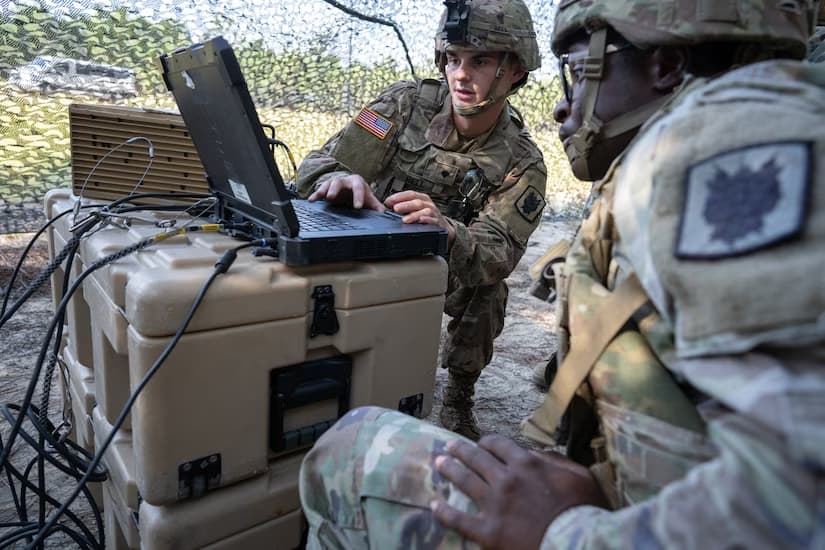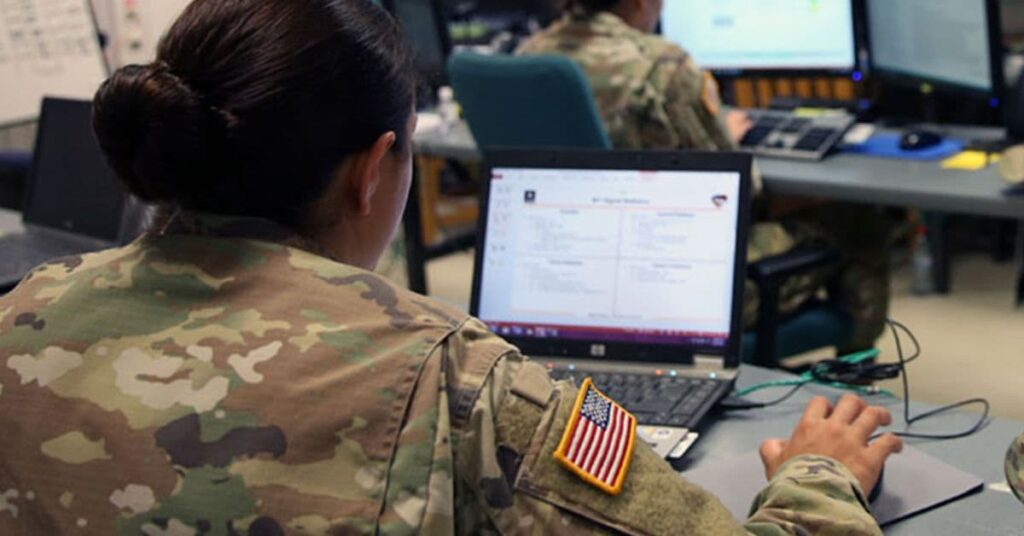The US Navy has a special webmail system that allows you to check your military email at home. You will need a CAC reader, a computer, and the appropriate browser to access your email. A vaguely written and poorly formatted email will likely get lost in the shuffle or ignored. Learn how to write a powerful email that gets results.
The Navy-Marine Corps Intranet, or NMCI, is the network used by the entire Department of the Navy, including the United States Navy and the United States Marine Corps. It is the world’s second-largest intranet, connecting thousands of users across 620 locations. This is an impressive feat, especially considering that NMCI was built in the 1990s. Before NMCI, the Navy had hundreds of different networks that were not connected or compatible with each other.
The NMCI system also allows sailors to have one email address and access the same applications no matter where they are stationed. This is a major benefit to sailors, who often travel for work and have a variety of different email addresses. The NMCI system also enables them to use S/MIME, which is used to encrypt emails and digitally sign documents. This is an important security measure, which helps prevent hackers from reading your emails.
Despite these improvements, some sailors feel that NMCI is still too restrictive. USNI News has heard many complaints about slow speeds and other problems, and these are likely to continue when the current contract with EDS expires in 2010. The new contract awarded to Leidos will refresh NMCI and the older Navy networks such as ONE-Net and Marine Corps Enterprise Network (MCEN) and introduce cloud computing services.

Army Enterprise
At Army Enterprise, you’ll find a place where your unique talents and abilities are recognized and rewarded. We offer many different career opportunities, so you can choose the one that’s right for you. Our employees are diverse and come from a variety of backgrounds and cultures. This diversity is part of what makes our workplace special and helps us better serve our mission.
For years, the Army had a decentralized model of service command, control, communications, and computer (C4) systems. This led to unacceptable non-standardized systems and information technology support networks. On 1 Oct 2002, the department decided to centralize C4 and many aspects of information systems management and security under a single command. This is called the Network Enterprise Technology Command.
A key component of this plan is a unified network. This includes globalizing SIPRNet, bringing commercial solutions for classified work on NIPRNet and tactical networks to the installation, wireless technology on bases, 5G and security architecture, the Program Executive Officer for Enterprise Information Systems Ross Guckert told C4ISRNET at AUSA.
The unified network will also include new software to handle work processes in a cloud environment. For example, a new system to modernize and migrate applications into the cloud could replace current processes used by IT service providers. Currently, the Army is working on prototype contracts through other transaction authorities to better understand how this might work.

Army Knowledge Online
The Army Knowledge Online (AKO) portal is the army’s main intranet and reportedly the world’s largest. It is used for recruitment and public information; all soldiers must have an account. To get an account, new soldiers must register with their recruiter or sponsor. All users must use strict security practices, such as passwords with lowercase and uppercase letters and two numbers. The system also uses security questions to validate account access.
AKO provides collaboration and email capabilities and is a key component of the Army Transformation. It hosts Business Process Management applications, such as the Wounded Warrior program, which allows medical personnel to diagnose wounded soldiers and help them recover. The system is available on both classified and unclassified networks. It is used by military personnel, Department of Defense civilians, and select contractor workforce.
The AKO portal is easy to use and includes a variety of useful features for army members, including a forum, message boards, and blogs. It also offers a variety of training materials and e-learning programs. It also has a finance section that enables soldiers to keep track of their leave and earning statements, housing allowances, and food allowances. In addition, it has a health function that enables soldiers to view their medical records and past physical examination reports. Using AKO, soldiers can also keep up with their personal lives, as it enables them to track their schedules and receive messages from friends and family members.

Army OWA
The Army email platform, called 365, is designed to provide soldiers with secure access to their official email accounts. It allows them to check their email on any device, including mobile devices. It requires them to use a Common Access Card (CAC), which is a smart card used for identification and access control. This is a major change from previous policy, which required soldiers to use official computers to access their email.
The new 365 email system provides a variety of features and benefits, including advanced security protocols and easy-to-use email security tools. It also offers a controlled method of communication that ensures that emails do not go missing or unread. Moreover, authorized Army personnel can access their email from home, which greatly enhances the flexibility and accessibility of their communications.
A good email signature is crucial for effective communication. It should include a clear and professional design that draws attention to the sender’s name. It should also have a call to action that encourages recipients to take a specific action. It is important to remember that your email signature will be seen by many people, so it should be designed accordingly.
In addition, a new feature in OWA Premium is Conversation View, which helps users manage all the mails that are part of a single communication thread. This makes it easier for users to follow conversations and keep track of changes in status. In addition, it can help them avoid overlapping emails and reduce the amount of time they spend managing their mailboxes.
